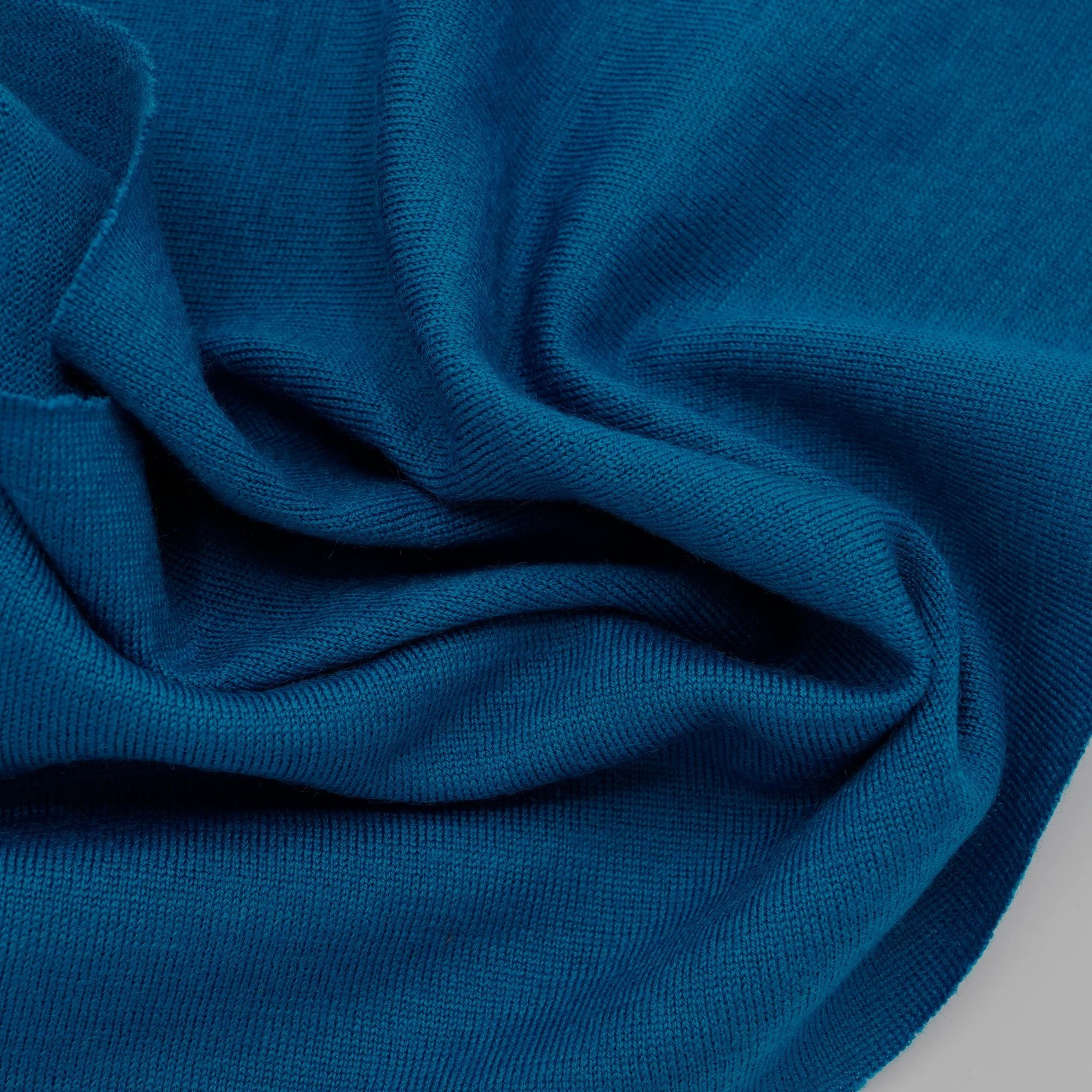 Esperanto
Esperanto
 Shqiptare
Shqiptare
 Euskara
Euskara
 Zulu
Zulu
 Latinus
Latinus
 Cymraeg
Cymraeg
 தமிழ்
தமிழ்
 Slovak
Slovak
 Slovak
Slovak
 Afrikaans
Afrikaans
Mastering the Art of Layering: How to Layer with Thermal Shirt Materials for Maximum Effect
Release time:
2025-05-25
Source:
Mastering the Art of Layering: How to Layer with Thermal Shirt Materials for Maximum Effect
Layering clothing is an essential skill for adapting to fluctuating temperatures, especially during colder months. Among the various options available, **thermal shirts** stand out for their incredible insulation properties and versatility. In this guide, we will explore how to effectively layer with thermal shirt materials to achieve maximum comfort, style, and functionality.
Understanding Thermal Shirt Materials
Before diving into layering techniques, it's crucial to understand what thermal shirts are made of and how their materials work. Thermal shirts are typically crafted from specialized fabrics designed to trap body heat while allowing moisture to escape. Here are the common materials used in thermal shirts:
Cotton Thermal Shirts
Cotton is a popular choice for thermal shirts due to its softness and breathability. While it provides warmth, it tends to retain moisture, making it less ideal for intense physical activities or wet conditions.
Polyester Thermal Shirts
Polyester is a synthetic fabric that excels in moisture-wicking capabilities. Thermal shirts made from polyester can keep you warm while effectively managing sweat, making them suitable for active individuals.
Merino Wool Thermal Shirts
Merino wool is a natural fiber known for its exceptional insulation properties. It maintains warmth even when wet and offers excellent breathability. Merino wool thermal shirts are a favorite among outdoor enthusiasts for their comfort and odor-resistant qualities.
Blends of Thermal Shirt Materials
Many thermal shirts combine different materials to leverage the advantages of each. For example, a cotton-polyester blend can provide both comfort and moisture-wicking benefits, making it ideal for a variety of activities.
Why Layering is Essential
Layering is not just about style; it is a practical approach to dressing that allows you to adapt to changing weather conditions. Here are some reasons why layering is essential:
Temperature Regulation
Layering provides the ability to regulate your body temperature effectively. As you move between indoor and outdoor environments, you can easily add or remove layers to maintain comfort.
Versatility
By combining different layers, you can create multiple outfits from a limited wardrobe. This versatility is especially valuable for professionals who need to transition from work to casual settings.
Enhanced Comfort
Layering allows you to wear a snug thermal shirt underneath bulkier outerwear, ensuring you stay warm without sacrificing mobility. It also helps reduce chafing and irritation caused by direct contact between rough fabrics.
Perfecting Your Layering Technique
Now that we understand the importance of thermal shirt materials and layering, let's explore how to layer effectively for maximum effect.
The Base Layer: Choosing the Right Thermal Shirt
The base layer is the foundation of your outfit. Choose a thermal shirt that suits your activity level and environmental conditions. For colder climates, opt for a thicker thermal shirt made of merino wool. For milder days, a lightweight polyester thermal shirt may suffice.
The Middle Layer: Insulating Fabrics
The middle layer serves to insulate your body heat. This layer should be breathable yet warm. Fleece jackets or lightweight down vests work well as middle layers and can be easily added or removed as needed.
Choosing the Right Middle Layer for Your Activity
Consider the activities you will engage in when selecting a middle layer. If you plan on hiking, a lightweight fleece jacket may be perfect, while a heavier down vest might be more suitable for basic outdoor activities.
The Outer Layer: Weather Protection
The outer layer is your shield against the elements. It should protect you from wind, rain, and snow while allowing moisture to escape. Look for waterproof or windproof jackets with breathable materials to ensure comfort throughout the day.
Styles of Outer Layers
When choosing an outer layer, consider styles that offer both functionality and fashion. A chic trench coat can elevate your office attire, while a sporty parka is perfect for outdoor adventures.
Styling Tips for Layering with Thermal Shirts
Layering is also an art form. Here are some styling tips to help you layer with thermal shirts effectively:
Color Coordination
When layering, consider the color palette of your outfit. Use complementary colors to create a cohesive look or opt for contrasting shades for a more dynamic appearance. Neutral base layers often work best, allowing you to play with bolder colors in your middle or outer layers.
Mixing Textures
Mixing textures can add depth to your outfit. Pair a sleek thermal shirt with a chunky knit sweater and a smooth outer jacket for a visually interesting look.
Patterns and Prints
Incorporate patterns and prints to elevate your style. A patterned thermal shirt can peek out from beneath a solid-colored sweater, creating an engaging layered effect.
Layering for Different Occasions
Different occasions call for specific layering techniques. Here’s how to adapt your layers to various scenarios:
Professional Settings
For office attire, start with a fitted merino wool thermal shirt as your base layer, topped with a dress shirt. A tailored blazer or a smart coat can serve as your outer layer, ensuring you remain comfortable while looking polished.
Casual Outings
For casual outings, wear a relaxed-fit thermal shirt with a denim jacket and a scarf. This combination keeps you warm while maintaining a laid-back aesthetic.
Outdoor Activities
When participating in outdoor activities, prioritize functionality. Layer a moisture-wicking thermal shirt under a breathable long-sleeve shirt, followed by a durable outer layer. Don’t forget to accessorize with gloves and a beanie for added warmth.
Maintenance Tips for Thermal Shirts
Proper maintenance ensures your thermal shirts last longer and retain their insulating properties. Here are some tips:
Washing and Drying
Always follow the care label instructions when washing your thermal shirts. Generally, washing in cold water and air-drying is recommended to preserve the fabric's integrity.
Storing Your Thermal Shirts
Store your thermal shirts in a cool, dry place. Avoid hanging them, as this can stretch the fabric. Instead, fold them neatly to maintain their shape.
Frequently Asked Questions (FAQs)
1. What is the best fabric for thermal shirts?
Merino wool is often considered the best fabric for thermal shirts due to its excellent insulation, breathability, and moisture-wicking properties.
2. Can I wear a thermal shirt as my only layer?
Yes, a thermal shirt can be worn alone in milder temperatures. However, for colder weather, it is advisable to layer with additional clothing for warmth.
3. How do I choose the right size thermal shirt?
Choose a thermal shirt that fits snugly against your body but allows for movement. Refer to the brand's sizing chart for guidance.
4. Are thermal shirts suitable for exercise?
Absolutely! Many thermal shirts are designed for active wear and offer moisture-wicking properties to keep you comfortable during workouts.
5. Can I wear thermal shirts in warmer weather?
While thermal shirts are designed for insulation, lightweight versions can be worn in cooler summer evenings or during transitional seasons.
Conclusion
Mastering the art of layering with thermal shirt materials not only improves your comfort but also enhances your overall style. By understanding the different materials, layering techniques, and styling tips, you can create versatile outfits for any occasion. Whether you're heading to the office, out for a casual day, or prepping for outdoor adventures, effective layering will ensure you remain warm and fashionable. Invest in quality thermal shirts and other layering pieces, and embrace the changing seasons with confidence!
thermal shirt material
Related News
2025-08-21 19:00
Why Nylon Wool Fabric is the Future of Sustainable Apparel
Why Nylon Wool Fabric is the Future of Sustainable Apparel Table of Contents 1. Introduction to Sustainable Apparel and Its Importance 2. Understanding Nylon Wool Fabric: A Comprehensive Overview 3. Environmental Benefits of Nylon Wool Fabric 3.1 Reduced Resource Consumption 3.2 Lower Carbon Footprint 4. Durability and Longevity: A Wise Investment 5. Versatility in Fashion Design 6. The Growing Po
2025-08-11 18:40
The Versatility and Benefits of Wool Fabric in Textile Industry
Wool fabric, derived from the fleece of sheep, is renowned for its unique properties that make it a highly sought-after material in the textile industry. Unlike synthetic fibers, wool is a natural fiber that possesses a range of advantages, contributing to its enduring popularity among designers and manufacturers. One of the most significant attributes of wool fabric is its excellent thermal regul





